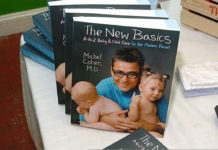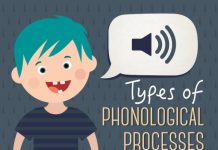If you think that your toddler is too young to have any kind of racial biases or present notions about skin color, think again.
A CNN study demonstrated that kids as young as three, when asked to rate 5 cartoon figures or varying colors in terms of attractiveness, invariably chose the one with the lightest skin tone. 
So racial biases and racial conditioning and attitudes can start really early for children as they absorb attitudes unconsciously from friends, neighbors, and the media.
Before there is a chance for any kind of racial bias or conditioning to gain a foothold in your child’s psyche it is important to explain to a child the fact of the multi racial, many hued fact of our society.
Kids are naturally curious and do naturally wonder why one person looks so different from another.
At this point it should be explained to the child that there are all kinds of different people in the world, that God made all kinds. This natural curiosity of the child can be fostered to make them naturally understand about other races and appreciate each different kind without letting the person’s racial characteristics getting in the way or making any kind of difference.
What is most important to explain to young kids is the basic premise that though we may have different eyes and noses and skin color and hair type underneath we are all the same.
The lesson for respecting all individuals equally that you teach your child now will stand him or her in good stead their entire life because children are born innocent and only learn to be hurtful or racially cruel later!
It is never too early to inculcate the concept of treating everyone respectfully and fairly. The earlier a child is taught never to attack another person either physically or by hurtful words, the better it is.
It is important not to discourage questions. Because of the media and increasing diversity of neighborhoods, a child will likely be curious about other cultures, ways of life and physicality. They may bluntly ask you why one friend’s father has slanted eyes, or another friend’s mother wears a headscarf.
Explain these differences in a matter of fact manner that people belonging to different parts of the world not only look different, they speak different languages, eat different kinds of food and have different ways of life.
Also explain that this variety of people and lifestyles adds to the richness of life and that we have something valuable to learn from each.












